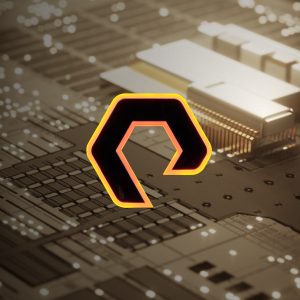A big difference between modern apps and legacy apps lies in their development and deployment philosophies.
In the traditional approach to app development, you start with a linear overarching plan and stick to it. Development flows from requirements gathering through clearly defined phases until you deploy the full application to production. Communication between developers, operators, stakeholders, and end users is throttled by long software development life cycles (SDLC). Code bases are monolithic; patches are bigger; and attempts to roll out a bug fix, add a new feature, or update underlying technology are vulnerable to lengthy disruptions of services or unexpected side effects that can be difficult to troubleshoot.
The modern app solution? Moving from monolithic systems to microservices with agile and DevOps best practices.
Agile development takes an iterative approach to software development. When paired with microservices, this allows developers to build, test, and deploy features incrementally over multiple design iterations. The SDLC is kept tight, allowing for tighter feedback loops of communication between end users, stakeholders, and developers. Popular agile development methodologies include Scrum, Extreme Programming (XP), and test-driven development (TDD).
DevOps is a software development practice and culture that tightly integrates developer and operations teams within an organization. The SDLC is reimagined as a CI/CD pipeline that uses configuration management, automation, and real-time monitoring to streamline development, testing, and deployment of software.
Modern apps are expected to be highly available and performant at all times. They can’t afford to have disruptions in service caused by monolithic patches, updates, or bugs. For this reason, modern apps leverage agile development methodologies and DevOps best practices to ensure they remain up to date and competitive in a rapidly changing digital landscape.
Learn more about how modern apps reduce time to market.





